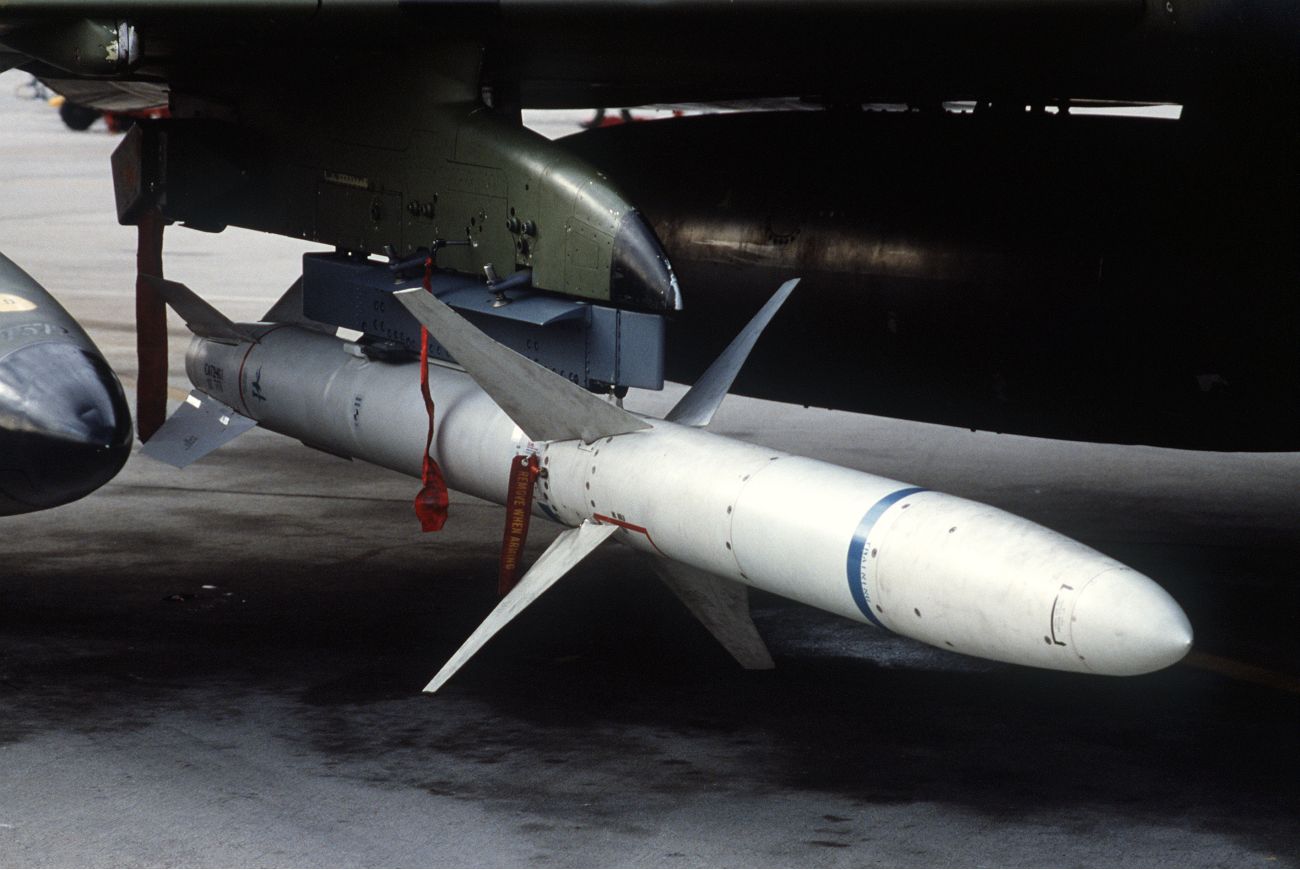In a recent viral video, a Ukrainian MiG-29 fighter jet was seen firing a missile over the Donetsk region while allegedly engaging in SEAD operations. Speculations were rife that the missile could have been US supplied AGM-88 HARM.
The AGM-88 HARM was claimed to have been launched over the airspace of the Donetsk region, nearly half of which is currently controlled by the Ukrainian military. The video of the missile launch was shared on Twitter by OSINTtechnical on November 19.
The user tweeted, “low-level Ukrainian MiG-29 activities over eastern Ukraine. As per several claims, the aircraft was conducting SEAD (Suppression of Enemy Air Defenses) operations with an AGM-88 HARM. Speed, size, and the deployment profile of the missile seem to back that up.”
Low-level Ukrainian MiG-29 operations over eastern Ukraine.
Per a couple of claims, the aircraft is conducting SEAD operations with an AGM-88 HARM. Speed, size, and the deployment profile of the missile seem to back that up. pic.twitter.com/Bsj98JUXi1
— OSINTtechnical (@Osinttechnical) November 19, 2022
It is unclear what the MiG-29 fighter plane was aiming for.
The AGM-88 High-speed Anti-Radiation Missile (HARM) is a tactical anti-radiation air-to-surface missile. The missile is aimed at high-frequency radars, determining the target’s location and hitting it.
It is believed that more than a hundred AGM-88 HARMs have been fired since they first entered service with the Armed Forces of Ukraine. Reports indicate that the Russian military swiftly learned the characteristics of these supersonic air defense killers and has started to intercept them rather successfully.
EurAsian Times got in touch with Colonel (Retired) Jeffrey H Fischer, a retired USAF officer who conducted seven combat tours in Iraq, Afghanistan, and the Balkans, to learn more about the video.
He flew the Air Force’s EC-130H Compass Call and the EA-6B Prowler while on a joint exchange with the US Navy, seeing considerable combat time in both airframes. He is also the author of Live Range and Balkan Reprisal, both of which are available globally on Amazon.

Fischer said, “concerning the Twitter video, I am not convinced it is a SEAD mission, nor an AGM-88 HARM shot. I have shot three HARM (two in combat, one in training). Numerous websites clearly state the AGM-88 missile has a ‘low-smoke’ rocket fuel.”
“The Twitter video clearly shows a massive white plume at the time of the launch. While atmospherics or such could cause contrails, I am not sure that is the case in this video. The plume is relatively short, while the AGM-88 propellant sustains a longer burn time,” he added.
Fischer pointed out that “what is perhaps worth noting is that while the shot is unlikely of an AGM-88 performing a SEAD role, there was an aircraft and a missile launch. Correctly identifying what it was is still an open question.”
Meanwhile, Fischer shared the video below with the EurAsian Times showing AGM-88 shots with low smoke propellant.
AGM-88 High-Speed Anti-Radiation Missile
The AGM-88 HARM is a supersonic air-to-surface anti-radiation missile that was first put into service in 1985 and has undergone several upgrades. The missile’s primary purpose is to take down adversary radar systems employed by counter-artillery batteries or surface-to-air missiles.
Even though missiles, like the AGM-88, need to be coupled to the aircraft from which they are fired, they can operate when necessary with minimum aircraft or pilot input.
The AGM-88 requires little effort from the aircrew to locate, attack, and destroy a target. The seeker head and fixed antenna of the proportional guiding system, which zeroes in on enemy radar emissions, are located in the missile’s nose.
This allowed for their fast conversion for service aboard Ukrainian MiG-29s and Su-27s during the country’s conflict with Russia, which started in February 2022. A dual-thrust, smokeless, solid-propellant rocket motor propels the missile.

HARMs are sometimes even launched into hostile airspace without particular targets. When air defense systems are activated, missiles already in flight can identify the radar signals they generate and adjust their path to engage them.
The AGM-88 can still close with the target’s last known location using GPS guidance even if the system is switched down again. On the other hand, air-defense system operators may keep their systems turned down when they know that HARM missiles or planes carrying them are nearby, enabling aircraft to operate freely.
This is why missions using these weapons are frequently described as Suppression of Enemy Air Defense (SEAD) systems and Destruction of Enemy Air Defense (DEAD).
- Contact the author at ashishmichel(at)gmail.com
- Follow EurAsian Times on Google News




